UltraSert® Preloaded
Delivery System
Unique delivery options that meet your individual needs of consistency,
efficiency and control.
UltraSert® Preloaded Delivery System
Unique delivery options that meet your individual needs of consistency, efficiency and control.
Gain consistency in IOL delivery, injection control and enhance the efficiency of your OR1
Consistency in IOL Delivery for Reduced
Intraoperative Variability1-3
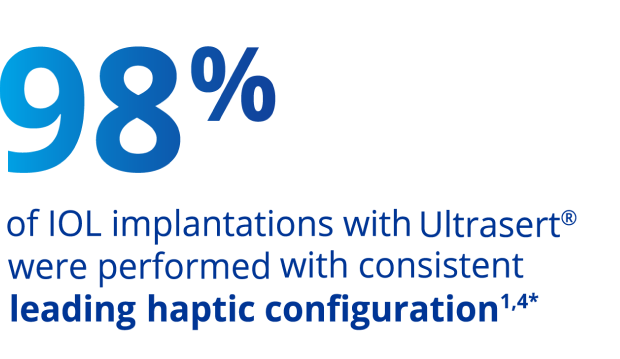
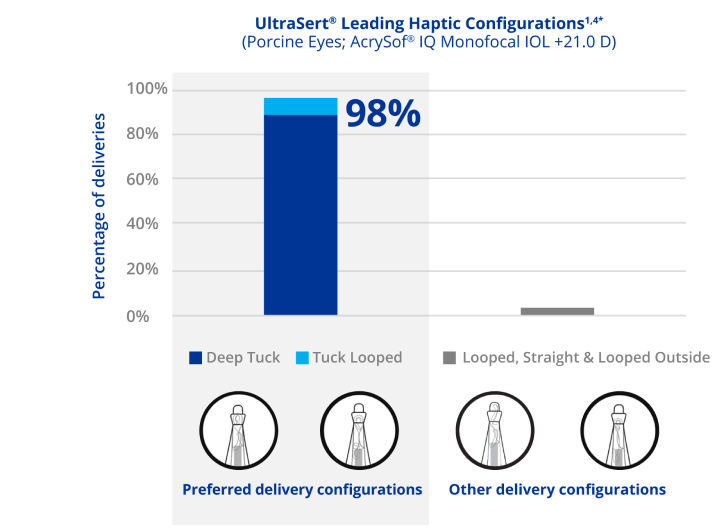
* Observations during porcine cadaver eye study to evaluate consistency of leading haptic configuration using permissible delivery configurations identified in the UltraSert® Directions for Use. Study conducted using UltraSert® optimized with 3 mm (extended) tip and inner lumen adjustment (n=184-187). VISCOAT® OVD was used at operating room temperatures (approximately 65 to 73 degrees).
UltraSert® helps minimise wound stretch compared to other delivery devices1,5,6
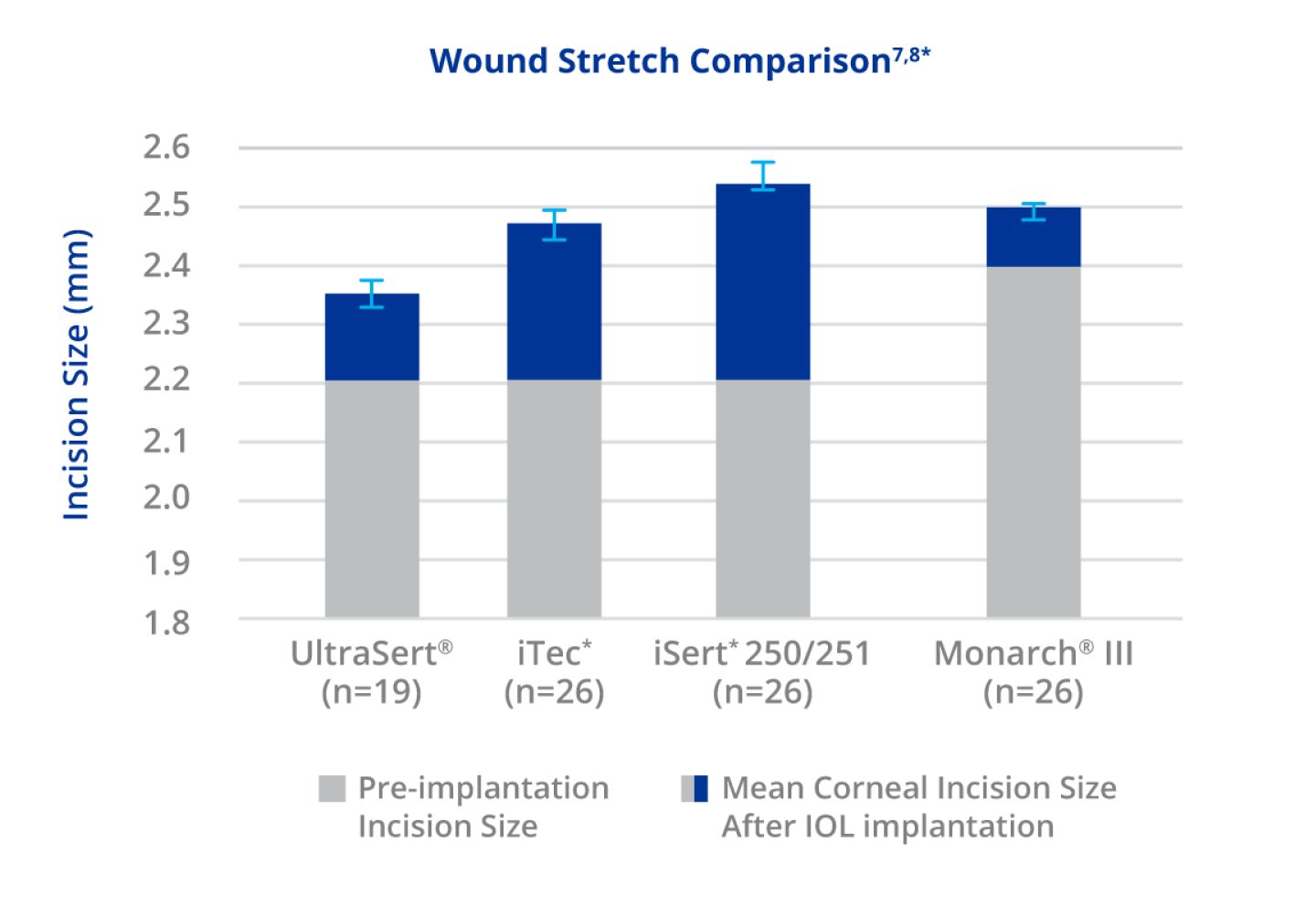
*Before IOL implantation, corneal incisions were made (2.2 mm knife for IOL implantation with UltraSert®, iTec† and iSert† 250/251; 2.4 mm knife for IOL implantation with Monarch® III) and initial incision size was measured and documented. Post-IOL implantation incision size was measured and documented via the same process. UltraSert® (n=19) presented with a significantly smaller mean corneal incision size after IOL implantation compared with iTec† (n=26), iSert† 250/251 (n=26) and Monarch® III (n=28). For each, p < 0.001. Testing completed with first-generation UltraSert® (2 mm nozzle tip). †Trademarks are the property of their respective owners
Enhanced Injection Control for Smooth IOL Delivery1
UltraSert® features the spring-controlled TensionGlide™ Plunger for smooth IOL deployment.1
TensionGlide™ maintains
injection force stability
TensionGlide™ mitigates the risk of sudden forceful IOL ejection, offering the ideal amount of resistance1,7,8
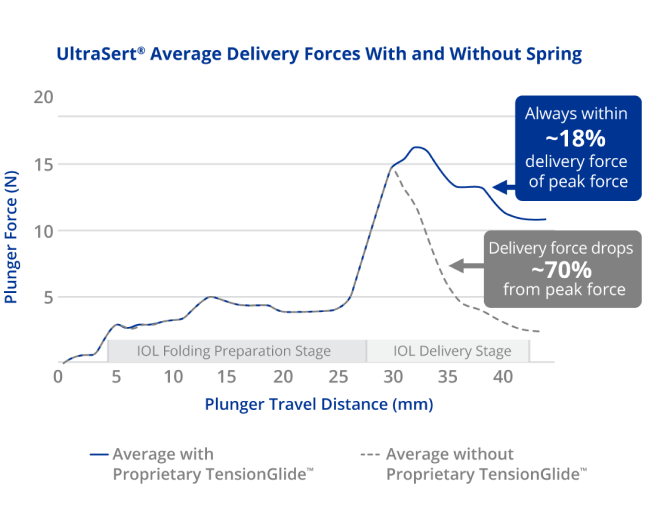
Improved Efficiency and Enhanced Patient Throughput5,9
UltraSert® enhances patient throughput by reducing the amount of preparation time needed compared to other delivery devices.5,9
UltraSert® is ready to implant in 3 simple steps
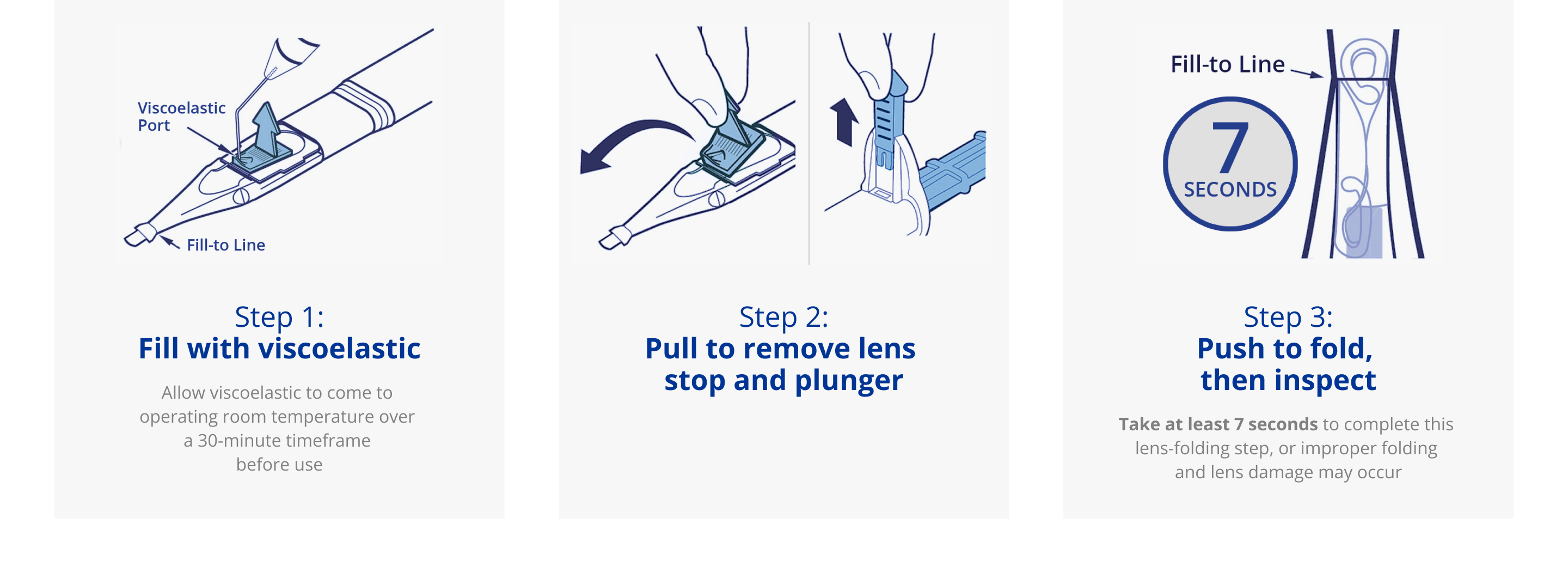
UltraSert® is Preloaded
with AcrySof® IQ IOL
The trusted IOL that gives you confidence
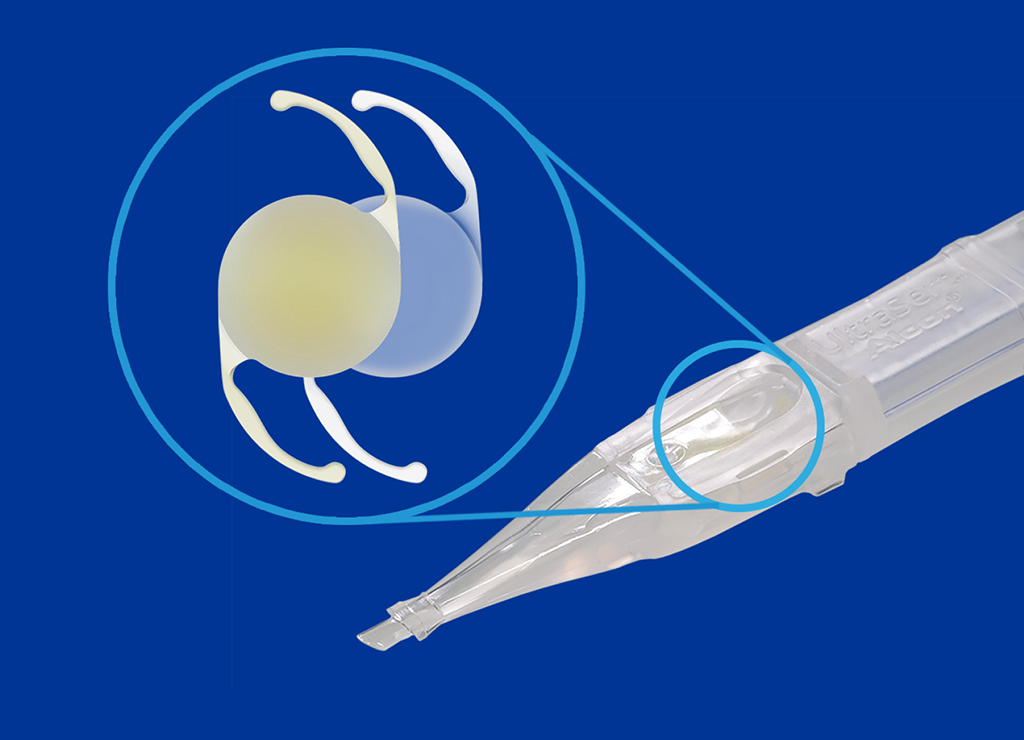
Clinical Studies
Technical Specifications1
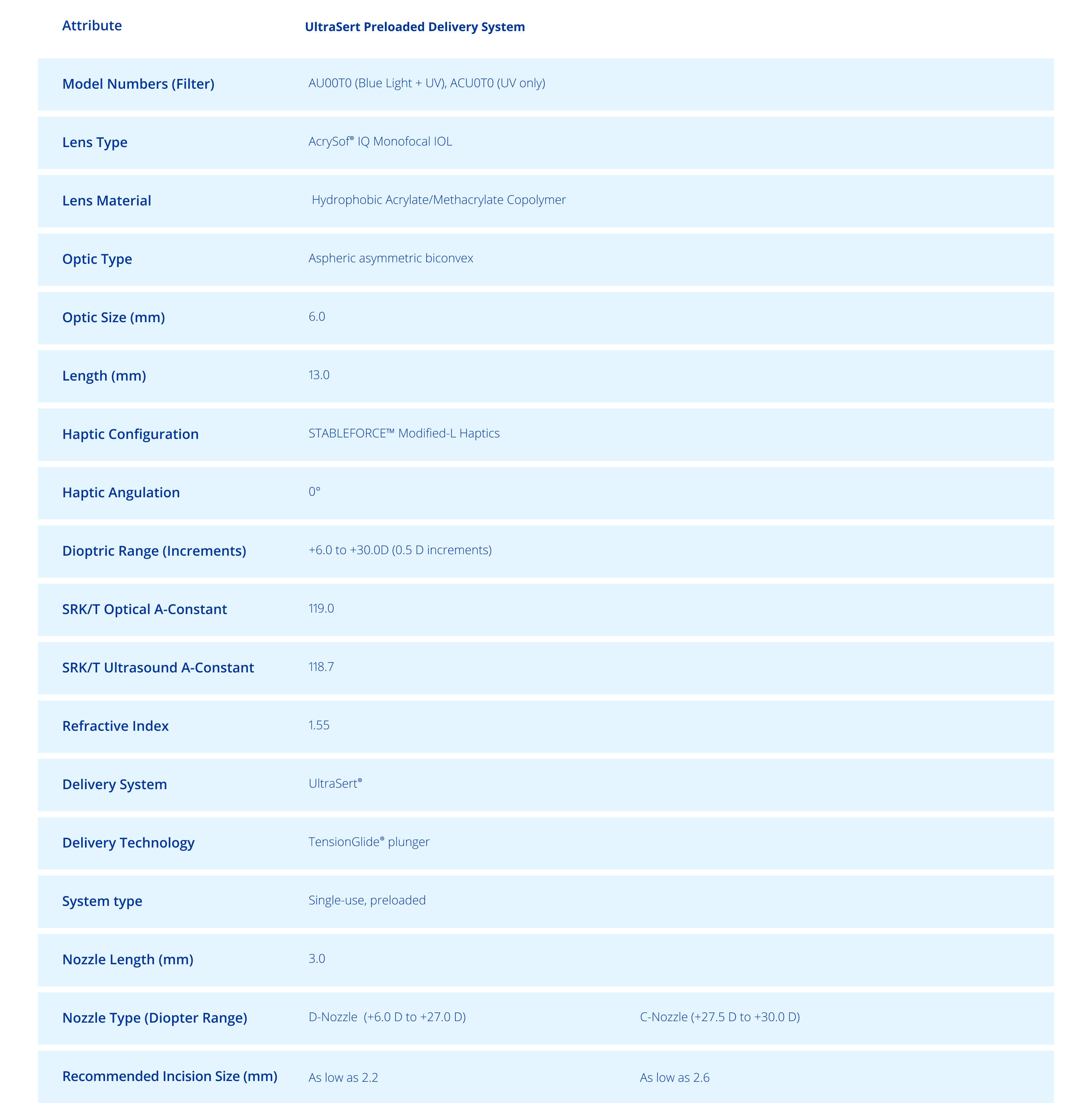
Instructions for Use (IFU)
For a full list of indications, contraindications and warnings, please visit ifu.alcon.com and refer to the relevant product’s instructions for use.
Alcon Experience Academy
For relevant training content from industry thought leaders
References:
1. Alcon Data on File, REF-07655, 2019.
2. Wang L, Wolfe P, Chernosky A, Paliwal S, Tjia K, Lane S. In vitro delivery performance assessment of a new preloaded intraocular lens delivery system. J Cataract Refract Surg. 2016;42(12):1814–1820.
3. Mendicute J, Amzallag T, Wang L, Martinez AA. Comparison of incision size and intraocular lens performance after implantation with three preloaded systems and one manual delivery system. Clin Ophthalmol. 2018;12:1495–1503.
4. Alcon Data on File, REF-04197, 2019.
5. Mendicute J, Bascaran L, Pablo L, et al. Multicenter evaluation of time, operational, and economic efficiencies of a new preloaded intraocular lens delivery system versus manual intraocular lens delivery. Clin Ophthalmol. 2021;15:591-599.
6. Amzallag T, Mendicute J, Martinez A. Multicenter clinical assessment of a pre-loaded IOL delivery system. Paper presented at ASCRS Congress; May 5-9, 2017; Los Angeles, CA.
7. Alcon Data on File, REF-02260, 2016.
8. Alcon Data on File, REF-07653, 2015.
9. Nanavaty MA, Kubrak-Kisza M. Evaluation of preloaded intraocular lens injection systems: Ex vivo study. J Cataract Refract Surg. 2017 Apr;43(4):558-563.
Please refer to the relevant product direction for use for list of indications, contraindications and warnings.

